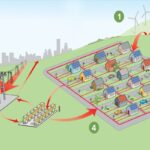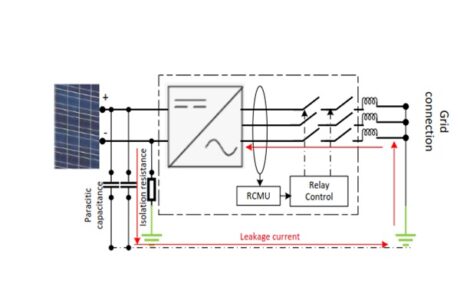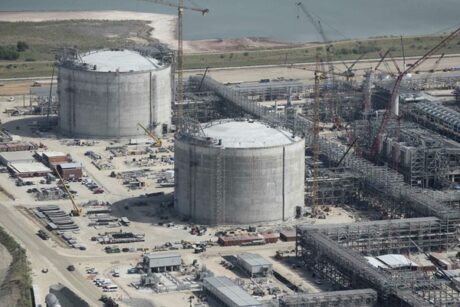- Course No E – 1525
- PDH Units 4.00
No data found for Custom Course Number
No data found for Custom Course Units
- Course No E – 1525
- PDH Units 4.00
Intended Audience: energy, mechanical, industrial, civil, construction, and hydraulic engineers
PDH UNITS: 4
This course provides a basic overview of Biodiesel production, including the processes and technologies presently available, as well as future developmental goals. Biodiesel is a diesel replacement fuel for use in CI (compression-ignition) types of internal combustion engines. It is manufactured from plant oils (soybean oil, cottonseed oil, canola oil), recycled cooking greases or oils (yellow greases), or animal fats (beef tallow, pork lard). Because plants produce oils from sunlight and air, and can do so year after year on cropland, these oils are renewable. Animal fats are produced when the animal consumes plants or animals, and these too are renewable. Used cooking oils are mostly plant based, but may also contain animal fats. Used cooking oils are both recycled and renewable. The biodiesel manufacturing process converts oils and fats into chemicals called long-chain mono alkyl esters, or biodiesel. These chemicals are also referred to as fatty acid methyl esters (FAME) and the process is referred to as transesterification. Publication Source: US Dept. of Energy, #NREL/TP-540-43672, revised January 2009
Learning Objectives
- Introduction to Biodiesels
- Benefits of Biodiesels and other attributes
- Biodiesel Specifications, Properties and Characteristics
- Distribution and Storage of Biodiesels
- Uses of B100 and High Level Blends
- Uses of Low and Medium Level Blends
- Taxes and Incentives
- Off-road Uses of Biodiesels
- Safety, Health, and Environmental Issues
Once completed, your order and certificate of completion will be available in your profile when you’re logged in to the site.










